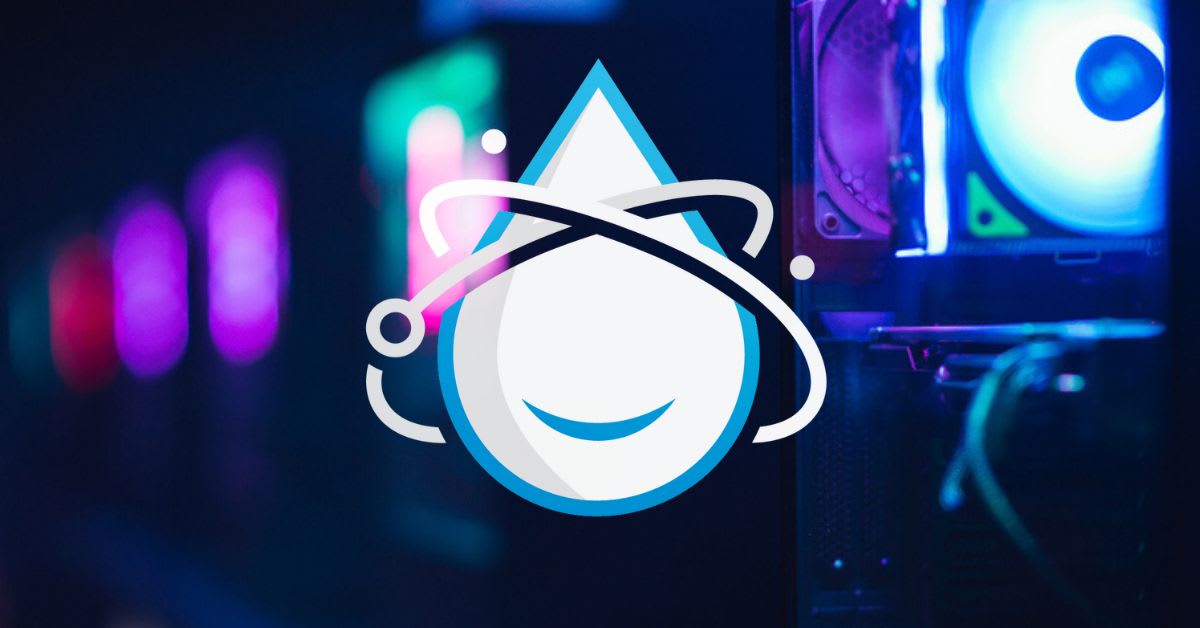
[ad_1]
What is Vertical SaaS?
Vertical SaaS (Software-as-a-Service) is a cloud computing solution that focuses on a specific industry or niche as a targeted vertical (e.g., the retail, automotive, or insurance industry). With the popular trend of digitization of many, if not all, industries, more and more vertical SaaS solutions target specific industries and aim to solve problems related to that vertical.
While vertical SaaS has a smaller size of potential market and users, the fact that it targets a specific niche usually means such a solution will solve a specific problem in the most effective way. Some of these vertical SaaS solutions are, in fact, developed by individuals from the specific industry they target.
What is Horizontal SaaS?
Horizontal SaaS is, on the other hand, a cloud computing solution that targets a wide audience and different industries as their users. While providing solutions for a variety of niches, horizontal SaaS solutions are universal and focus on meeting business requirements in general, such as internal company communication – to mention just one example – regardless of the industry.
Vertical vs Horizontal SaaS
Vertical and Horizontal SaaS differ in several aspects, including the scope of targeted industries and market size. Furthermore, your approach to customer acquisition and retention will also differ depending on whether you run a horizontal or a vertical SaaS. Let’s explore some of these differences.
1. Scope of Targeted Industries and Market Size
Vertical and horizontal SaaS solutions differ in the scope of their targeted industries and market size. Vertical SaaS caters to the demands of a specific group in a specific industry, while horizontal SaaS has a very diverse client base and gives solutions to a much greater audience of possible users. Furthermore, they tend to have a drastically different approach to marketing and user acquisition and retention efforts.
2. Competition
Horizontal SaaS solutions face stiff competition, as they target a variety of industries and must put in a lot of effort to differentiate themselves from the competition and stand out as the best solution among many that are offered. Clients can easily compare their software to numerous other solutions and switch to a better or cheaper option, should they find it.
3. Approach to Acquisition and Retention
On the other hand, by focusing on a specific industry or niche, vertical SaaS solutions face less competition and reach their clients more easily. With fewer alternatives to their solutions, there is, naturally, less competition in user acquisition. Vertical SaaS solutions not only acquire users more easily but retain them as well – users of vertical SaaS solutions tend to stick to the software they use and are familiar with.
Use Cases
Some of the common examples of vertical SaaS solutions are Health Assurance Plan, software developed for dental workers, and Guideware, which was developed for insurance companies. Some of the common examples of horizontal SaaS are QuickBooks, software used for accounting, Slack, a powerful communications platform, and Salesforce, one of the most widely-used CRMs (customer relationship management software).
Should You Scale Your SaaS Vertically or Horizontally?
Before you decide whether you should scale your SaaS product vertically or horizontally, there are some key questions you must ask:
- Primarily, what kind of SaaS product do you offer, and what kind of problems do you intend to solve with it?
- Is it a product that will be used by a wide audience and in different industries, or does your SaaS product aim at a specific niche?
- Is there any competition you might face, and how do you plan to differentiate your SaaS product from those?
Answers to these questions will definitely help you decide how to scale your SaaS product and offer you guidelines on how to approach the scaling process, both from the marketing and the user acquisition and retention perspectives.
“Should Your SaaS Scale Vertically or Horizontally?”
| Vertical | Horizontal |
|---|---|
| Targeting specific niche | Used in various industries |
| Not a lot of competitors (usually) | Stiff competition |
| Easier to acquire and retain users | Greater efforts to acquire and retain users |
Some SaaS hacks exist for growing your company and helping your SaaS business scale.
Here are some additional factors you should take into consideration before deciding whether to scale your SaaS solution vertically or horizontally:
- Marketing Efforts: What is your targeted audience and how do you plan to carry out your marketing strategy? How do you plan to present your SaaS product to your potential user audience?
You should keep in mind that your marketing strategy will differ depending on whether you want to scale your business horizontally or vertically, and you need to make sure you are properly staffed with marketing and sales experts before starting your scaling process and attracting new users to your product. If you want to scale vertically and target a specific industry, it will be crucial that your marketing and sales staff is closely familiar with the industry and the problems your users might face. Your potential customers will feel that they are “in safe hands” when they recognize experts in the industry among your staff, and it will be so much easier to convince them that your solution is the one they should pick.
- Differentiating Factor: If you are facing competition for your SaaS product, how do you plan to stand out and present your solution as a better option? What are your selling points that will show your clients they should choose your product over another, similar solution?
If you have a strong differentiating factor, scaling vertically will be so much easier for you. Solve a specific issue in a certain industry in a clever and innovative way, and the potential user base will recognize it. This will require strong marketing and sales teams that will get your message across and speak to your future clients.
- Team observations: Do you have a strong and knowledgeable team that can help you scale your business? Are your developers capable of implementing your solution and making sure it works flawlessly? Do you have enough team resources to keep up with the growing user base, which will inevitably happen once you start scaling your business?
These questions are crucial, regardless of how you scale your business, as your team will put in marketing and developing efforts and onboard your customers in the manner needed for your business to succeed. Without a strong team, it will be difficult for your business to reach its highest potential.
- Customer Support and Success: Once you acquire your customers and they are using your SaaS product, how will you ensure they get all the support they need? Do you have enough experts and budget to provide stellar support to your customers? How can you help your customers grow their businesses?
If you can help your clients utilize your product along the way, it will bring great benefits to both your and your customers alike. (If you plan to scale your SaaS product vertically, you should keep in mind that your customers might have very specific needs and face problems that are unique to their industry – and you need to make sure your strategy and support help them tackle those specific needs.)
- Customer Success: Good customer support will also cement your user retention – customers that are using a good product with good support tend to stick to that solution. This especially applies to vertical scaling. Offer a beneficial solution to a specific problem, and your customers will likely write good reviews that will attract potential future clients. The question of “how can I help my customers achieve success in their business using my product?” is critical, as your success depends on your customers’ success.
As presented in the points above, there are many factors you should take into consideration before deciding whether you are ready to scale your SaaS company horizontally or vertically. Scaling vertically usually tends to provide better results, as you are targeting a specific industry and the problems it faces. And if you have a strong solution, the industry will recognize it – but make sure you answer all of the questions presented above and have a solid plan before putting it in motion.
SaaS is just one cloud computing model that will help you build and scale your business. Read about the other cloud computing models in our article, “IaaS, PaaS, and SaaS.”
Grow Your SaaS at Liquid Web
VMware Private Cloud at Liquid Web serves as your own virtual data center. Easily scalable and redundant, with predictable pricing and stellar customer support at your fingertips, it delivers the performance and reliability you will need to scale your product and deliver it to a wide audience.
Some other benefits of VMware Private Cloud solution at Liquid Web are fast, 10 Gb networking, high-performance NetApp San Storage, free DDoS protection, integrated backups, firewall, and more.
So in order to scale your infrastructure in an economical and secure way, take a closer look at the Private Cloud solution.
FAQs:
How many SaaS companies are vertical?
+
What is the difference between vertical and horizontal software?
+
[ad_2]
Source link






